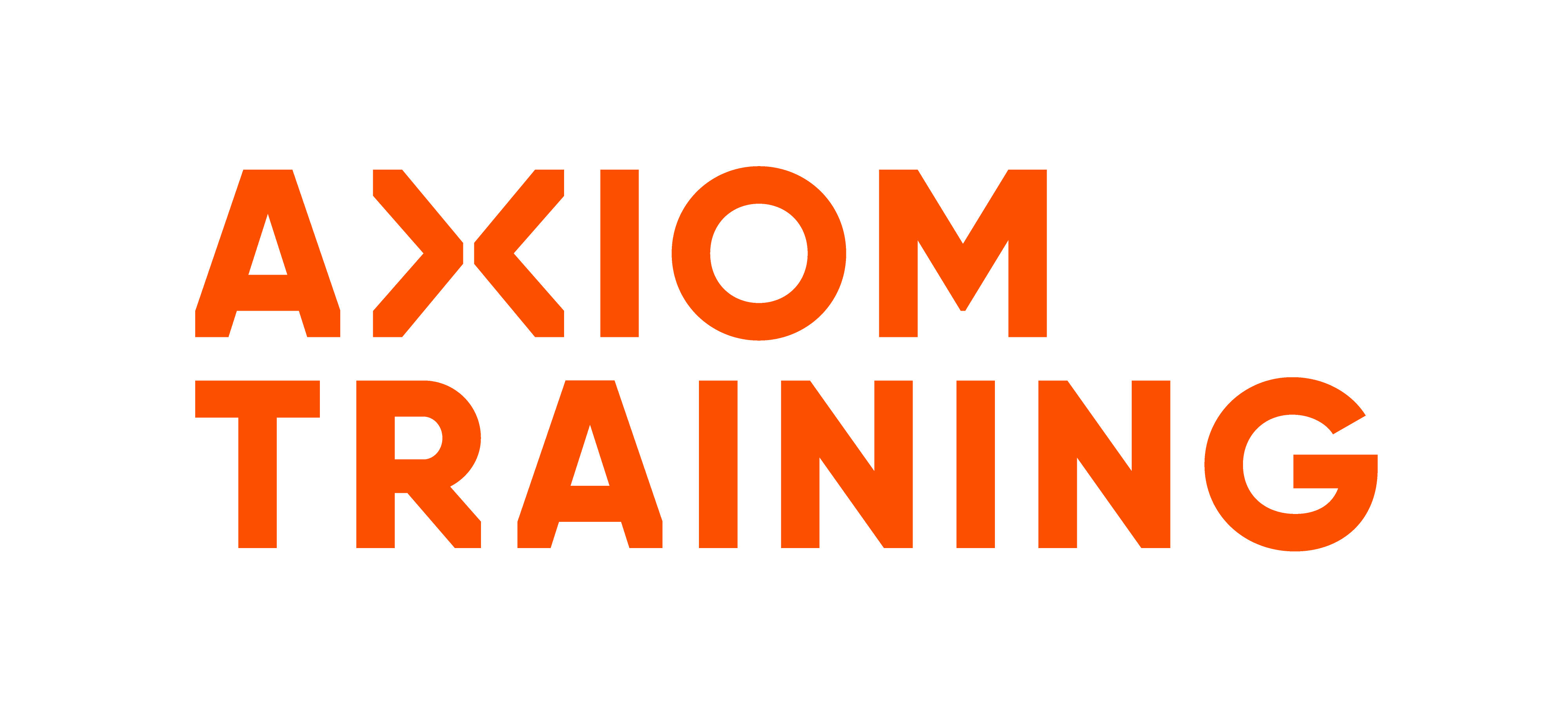Royal New Zealand Air Force
Want to learn more about how we can help your business?
The Royal New Zealand Air Force (RNZAF) currently utilises Safety ‘n Action to deliver Working at Heights training to a recognised New Zealand industry standard. This training is delivered to a range of personnel including supervisors and Mobile Elevated Working Platforms (MEWP) operators, with great results.
RNZAF Safety Assessment Manager, Flight Sergeant Jeremy Cooper, says the training they undertake with Safety ‘n Action is effective and very well received.
“For many personnel it is an experience outside their normal day to day activity so broadens their knowledge. With all health and safety related training the end goal from our perspective is for more buy-in or ownership from the individuals, and that is certainly the case with the training we have received.”
The training delivered by Safety ‘n Action educates and empowers staff and adds tangible value to business.
“Once personnel have undertaken the Working at Heights training we notice they are more confident when it comes to raising concerns about working at heights activities. This is primarily because they have an increased awareness of what the various activities entail, how they should be safely conducted, and things that could potentially go wrong (and how to fix them).”
There are several factors that contribute to the effectiveness of training, such as facilities and course content. For the RNZAF, the trainers themselves are also a big drawcard.
“The biggest attribute a health and safety trainer can possess is the ability to assess and engage their audience – the message they are delivering becomes irrelevant if there is no engagement. They must also possess a level of credibility. We find that Safety ‘n Action deliver a great product that suits our requirements really well – this is primarily down to the delivery aspect, as many of their trainers are former military personnel and know how to engage with our people.”
The RNZAF is an inherently “safe” organisation due to the nature of its day to day activities, and Flight Sergeant Cooper says the Health and Safety at Work Act 2015 (HSWA) hasn’t had a huge impact on the way they conduct business, as they were already following similar guidelines.
“By and large our personnel have reacted well to the introduction of the new act – primarily because of the nature of our activities and the safety culture we already possess. RNZAF has a number of people acting as Unit Safety and Health Coordinators. When the Transition Training programme was offered by WorkSafe via Safety ‘n Action we utilised our already close working relationship to ensure that we were able to upskill sufficient personnel to meet our own requirements. We were able to organise training days at our own facilities, so it made it a lot easier for everyone concerned to receive the training.”
The RNZAF delivers its staff training through a range of channels. Some is delivered via online courses, some via classrooms and some (such as Working at Heights training) is delivered by external training providers such as Safety ‘n Action.
“The biggest challenge we have in relation to delivering health and safety training is being able to get enough people together at the same time to make the training worthwhile. Part of this comes down to competing priorities, but through education and communication we have been able to show why the training is necessary and the individual units are now making time in their busy schedules to complete it.”

“For many personnel it is an experience outside their normal day to day activity so broadens their knowledge. With all health and safety related training the end goal from our perspective is for more buy-in or ownership from the individuals, and that is certainly the case with the training we have received.”
Flight Sergeant Jeremy Cooper Safety Assessment Manager, Royal New Zealand Air Force



